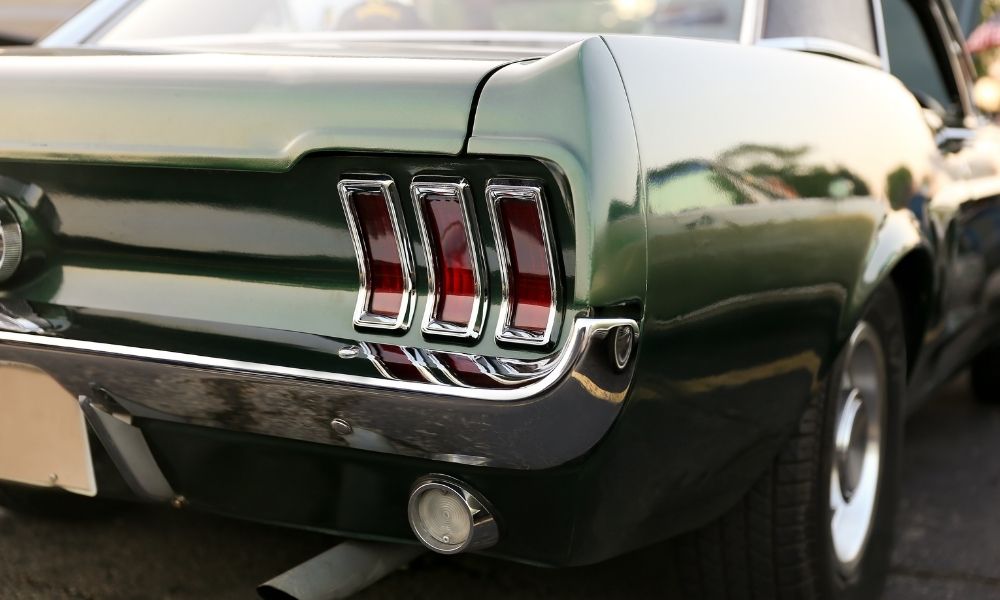The History and Evolution of the Automobile

Automobiles have been around much longer than you might have guessed. In fact, some of the earliest iterations of these mind-blowing machines date back to the 1700s. But how did we go from steam and electric-powered buggies to driverless cars with built-in Wi-Fi?
It might seem like an impossible feat. But if you know the history and evolution of the automobile, it all starts to make a lot of sense. Immerse yourself in this triumphant aspect of human history and learn how the cars we rely on came to be.
The Earliest Automobiles Arrive
It might surprise you to learn that the automobile’s conception dates back as early as the 1800s. But your Honda’s ancestors didn’t run on petroleum. Many of those first “vehicles” ran on steam.
Vehicles—in this context—is a general reference to larger locomotives like trains. And for decades, steam was the predominant energy source used to move the automobile’s massive predecessors. It wasn’t until the 1870s that steam power became a practical option for smaller vehicles.
Despite this development, automobiles with steam engines had their fair share of shortcomings. From this, the invention of the more efficient, electric-powered buggy was born. Within 10 years of its conception, a third of the vehicles in the U.S. were electric.
Gas-Powered Cars Revolutionize the Auto Industry
It wasn’t long after the electric buggy that Karl Benz created the first-ever gas-powered car. The conception of this revolutionary new model bred the beginnings of the automotive industry as we recognize it today but with a few key differences. The first gas-powered cars didn’t have windshields, doors, turn signals, or even a round steering wheel.
In fact, these features didn’t come into play until Henry Ford’s Model T went on the market in 1908. Thanks to Ford’s conception of the assembly line, these cars could be mass-produced and sold to the general public at an affordable cost. After a decade or so of exciting developments, oil was struck, gas became cheap, and vehicles, as we recognize them, became commonplace.
Specialty Automotive Features Corner the Market
Because of mass production, manufacturers needed to distinguish their vehicles from the other options on the market. Just a few decades after Ford’s Model T came on the scene, cars included features such as:
- Speedometers
- Seatbelts
- Windshields and rearview mirrors
In 1939, manufacturers decked out their vehicles with electric windows and air conditioning. This trend spanned decades, with the invention of the airbag in the 1970s and keyless entry systems, sunroofs, and CD players being the popular features of the 80s through the early 2000s.
Modern Vehicles and Their Place in Our Lives
This brings us to the modern automotive landscape of Bluetooth, GPS, advanced safety systems, and built-in Wi-Fi hotspots. The automotive industry’s strides over the centuries are pretty incredible.
They go beyond the features and expand into other vehicular aspects. The development of ceramic coating technology—for instance—is an excellent study in just how far we’ve come in perfecting preserving all areas of our cars.
This industry wouldn’t be what it is today without its clunky, inefficient predecessors forging a path forward. So, the next time you go for a drive, take a moment to savor the fact that you’re participating in the history and evolution of automobiles.





